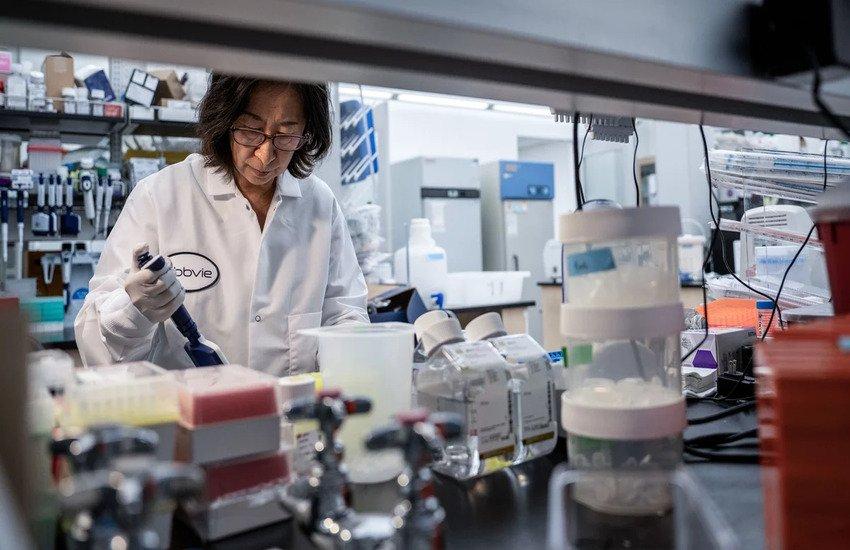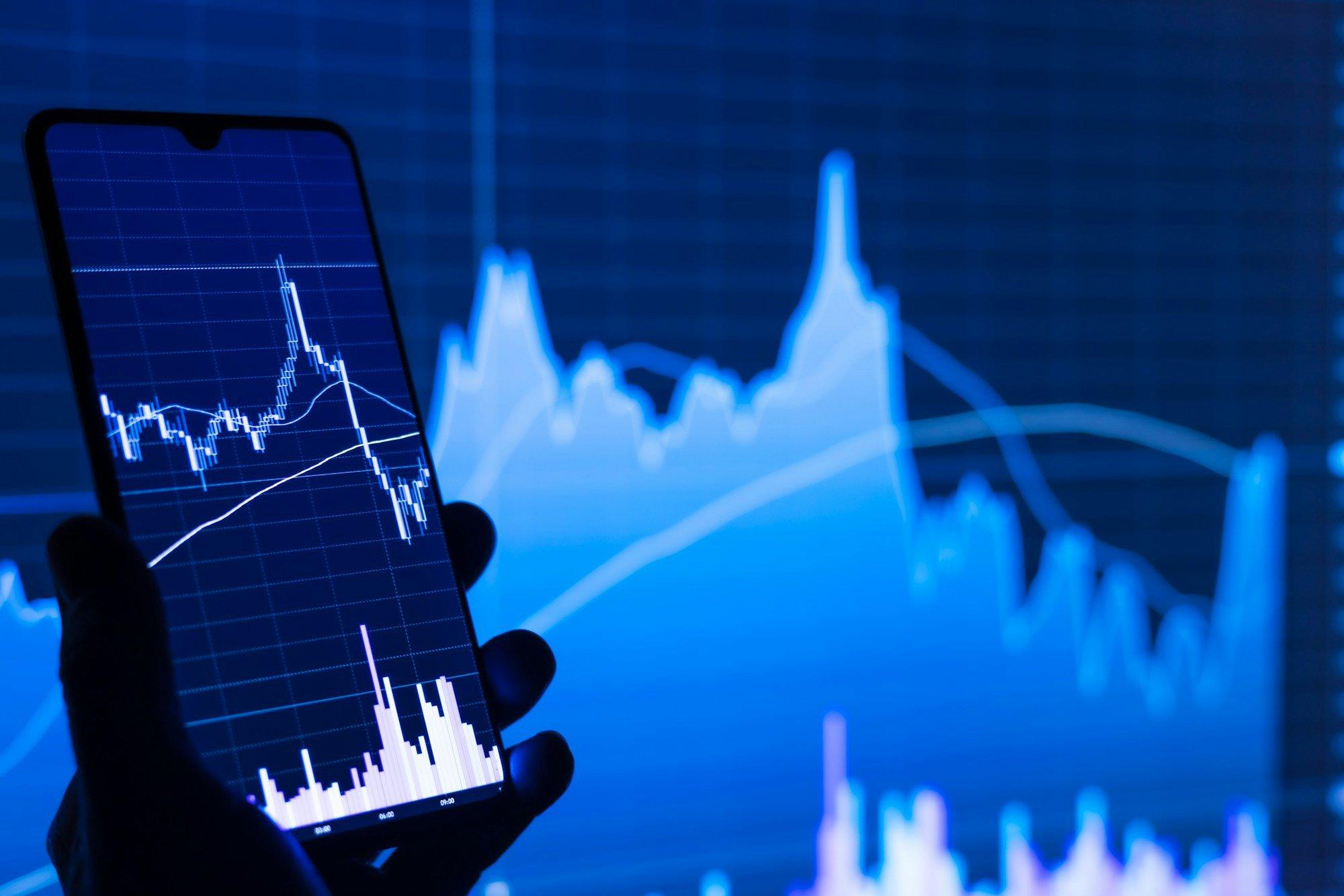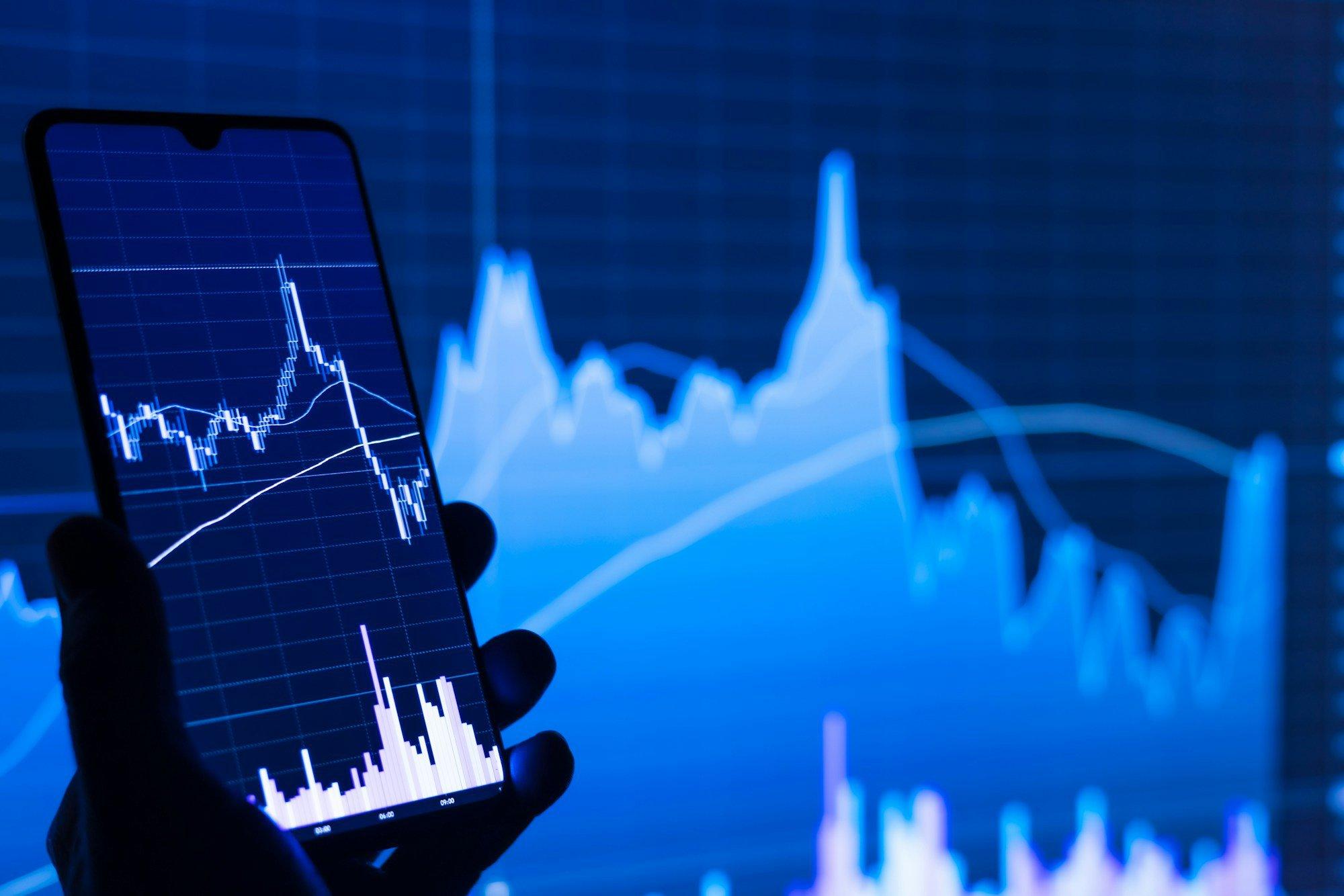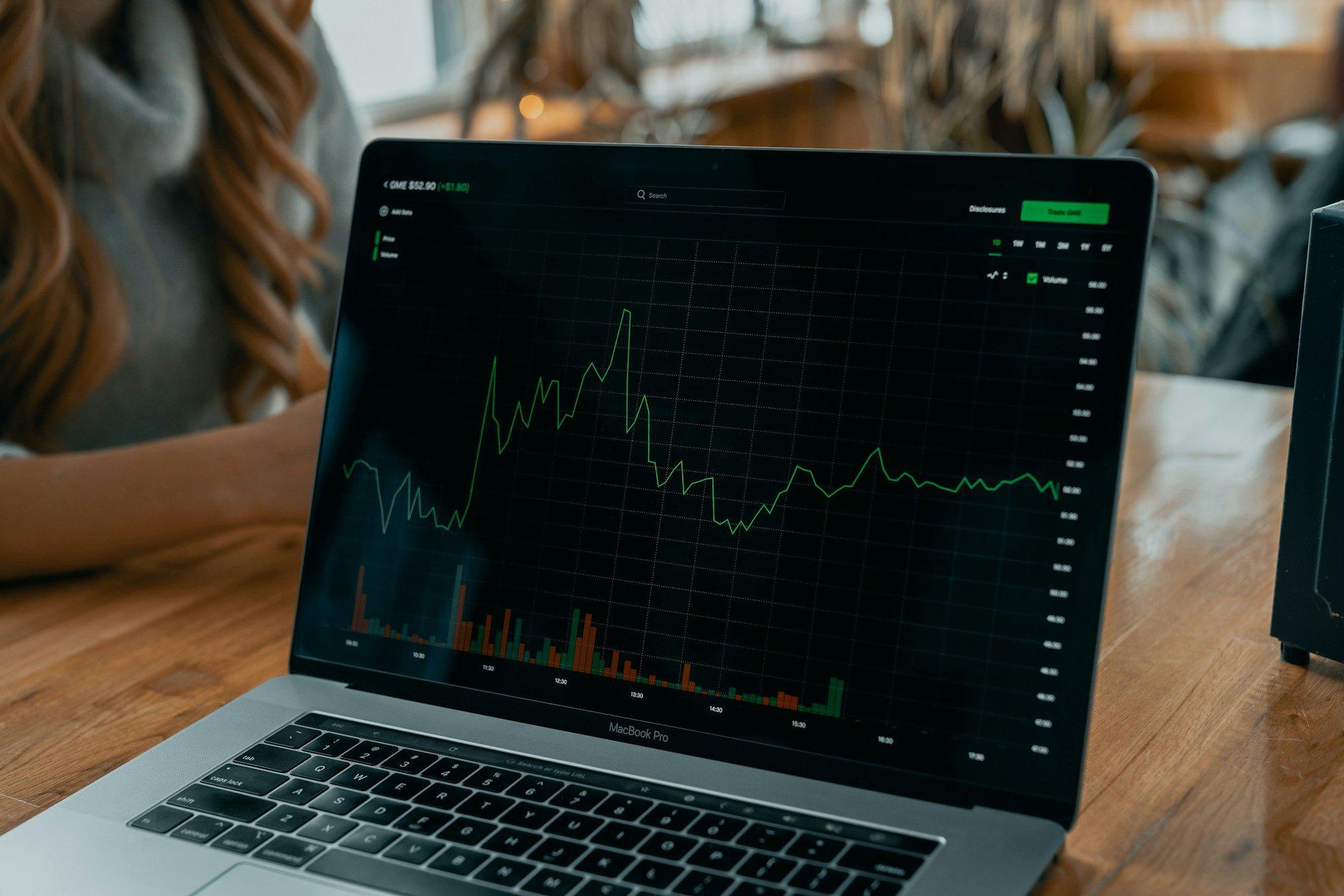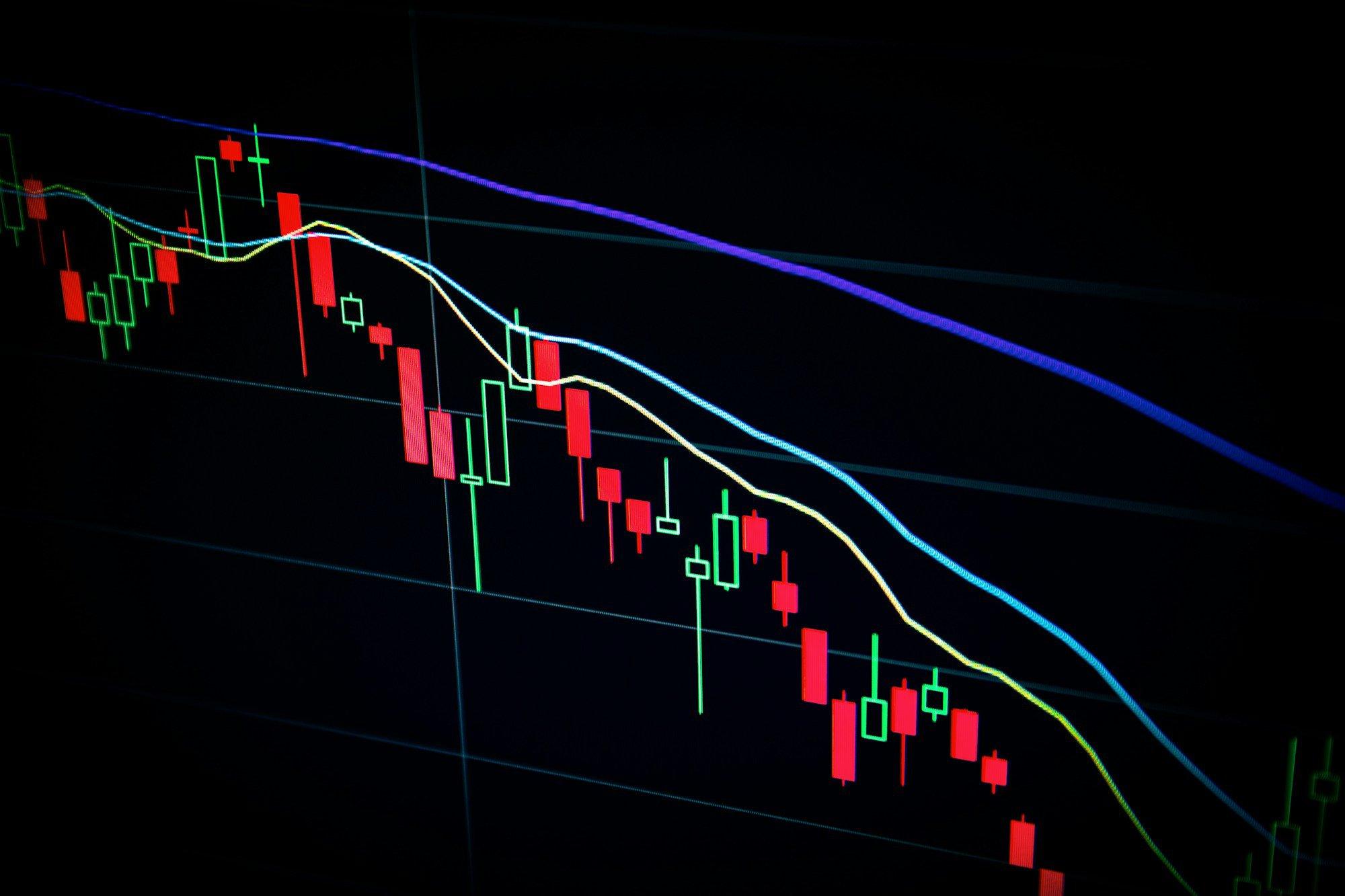AbbVie’s (NASDAQ:ABBV) recent confirmation that it’s in talks to acquire Gilgamesh Pharmaceuticals for roughly $1 billion underscores its unrelenting push to replenish growth after Humira’s patent cliff. After an impressive Q2 beat—driven by Skyrizi, Rinvoq and Vyalev—and a subsequent raise of its 2025 guidance, AbbVie doubled down on neuroscience and psychiatric innovation through a May co-development pact with Gilgamesh that could deliver up to $1.95 billion in milestone payments. As the administration hones in on drug pricing reforms, 340B abuses and potential tariffs, AbbVie’s hunt for differentiated assets has never been more urgent. Gilgamesh’s pioneering work in psychoplastogens—small molecules designed to rewire neural circuits in treatment-resistant mood disorders—promises a fresh chapter in AbbVie’s neuroscience franchise, which already spans migraine, Parkinson’s and Alzheimer’s candidates. Given this backdrop, let us explore the biggest synergies that could make (or break) this high-stakes acquisition for AbbVie’s next growth chapter.
Expansion Of A Novel Psychiatric Franchise
Integrating Gilgamesh into AbbVie’s roster would immediately inject a first-in-class psychoplastogen platform into its psychiatric franchise, which currently relies on Vraylar for bipolar I disorder and adjunctive major depression. Gilgamesh’s lead compound has shown rapid synaptic remodeling and durable symptom relief in early human trials—attributes that contrast sharply with the slow onset and mixed efficacy of SSRIs, SNRIs and older antipsychotics. AbbVie’s global regulatory expertise and Phase III trial infrastructure could accelerate these assets through pivotal studies, reducing development timelines by up to 12–18 months versus a standalone biotech pathway. Moreover, by folding Gilgamesh’s discovery engine—built on medicinal chemistry inspired by psychedelic compounds—into its South San Francisco neuroscience hub, AbbVie can supercharge target identification and lead optimization for conditions such as PTSD, alcohol use disorder and Alzheimer’s-related behavioral symptoms. This capability dovetails with AbbVie’s existing R&D investments in neurodegeneration, where it seeks a leadership position against Roche in Alzheimer’s and beyond. Given the $50 billion global psychiatric drug market and AbbVie’s forecast that neuroscience revenues will exceed $2.5 billion by 2025, the addition of a differentiated mood-disorder therapy could diversify its revenue mix and mitigate pricing headwinds on older biologics and small molecules.
Acceleration Of Neuroscience R&D Productivity
Gilgamesh brings to AbbVie not only lead compounds but a data-rich discovery platform featuring advanced in vitro assays, multi-omics profiling and AI-driven pharmacology models. Embedding this capability into AbbVie’s existing research centers could unlock operational efficiencies—centralizing medicinal chemistry, toxicology and translational medicine functions—and reducing per-project R&D spend by up to 15%. By leveraging Gilgamesh’s synapse-focused screening cascade alongside AbbVie’s deep pipeline in migraine (BoNT/E, Qulipta, Ubrelvy) and Parkinson’s (Vyalev, tavapadon), the combined entity can pursue multi-target strategies that address the spectrum of neurological dysfunction. Cross-disciplinary teams could repurpose psychoplastogen scaffolds for neurodegenerative indications, potentially yielding novel disease-modifying candidates for ALS, dementia and movement disorders. In a climate where AbbVie’s next-twelve-month (NTM) EV/EBITDA multiple stands at 13.63× and its NTM P/E at 15.19×, boosting R&D output without proportionally inflating costs aligns with investor demands for sustainable innovation. Moreover, the integration enables faster go/no-go decisions via shared biomarker platforms, minimizing the risk of late-stage failures that weigh on valuation.
Commercial Leverage & Market Access Optimization
AbbVie’s proven global commercial engine—spanning 11 U.S. manufacturing sites, dedicated field forces in 177 countries and deep payer relationships—can swiftly shepherd Gilgamesh’s therapies from clinical proof-of-concept to broad market penetration. AbbVie’s payer-contracting expertise, honed through complex value-based agreements for oncology and immunology, can negotiate outcomes-based contracts for psychoplastogens that link reimbursement to real-world effectiveness in treatment-resistant depression. Cross-promotion with AbbVie’s migraine portfolio offers additional reach: neurologists already prescribing Qulipta or Botox Therapeutic could become early adopters of a novel synaptic modulator, streamlining detailing efforts and lowering customer acquisition costs. AbbVie’s government-affairs team, which recently influenced 340B reforms and IRA “pill penalty” fixes, is well positioned to secure favorable formulary access for high-cost neuroscience assets amid pricing scrutiny and potential tariffs. Ultimately, leveraging AbbVie’s infrastructure could reduce time to peak sales by 20% versus a standalone launch, enhancing return on invested capital in an environment where AbbVie’s trailing twelve-month (LTM) EV/revenue multiple is 6.96× and its LTM P/S at 5.83×.
Balance Sheet Efficiency & Financial Upside
At an estimated $1 billion upfront, the Gilgamesh acquisition represents a modest 0.25% of AbbVie’s $400 billion enterprise value, preserving capital flexibility while adding high-upside assets. The deal’s structure, potentially linking up to $1.95 billion in contingent milestone payments to Phase II/III readouts and approvals, shifts early-stage risk away from AbbVie’s balance sheet and aligns management incentives. AbbVie’s robust free-cash-flow generation—its NTM levered free-cash-flow yield is 6.4%—can comfortably fund transaction costs without raising debt levels or issuing equity, thereby avoiding dilution. Moreover, anticipated operating-leverage improvements from integrating Gilgamesh’s R&D team and platform could incrementally boost adjusted EBITDA margins—currently reflected in an LTM EV/EBITDA multiple of 14.64×—by streamlining overlapping functions and renegotiating vendor contracts. While milestone payouts would temporarily weigh on cash flow, successful clinical progress could justify multiple expansion, given AbbVie’s LTM EV/EBIT multiple of 21.17× and a dividend yield near 3.4%.
Final Thoughts

Source: Yahoo Finance
AbbVie’s pursuit of Gilgamesh offers clear upside in bolstering its psychiatric pipeline, accelerating neuroscience R&D productivity, unlocking commercial efficiencies and delivering financial flexibility through milestone-based structuring. Yet the inherent risks of early-stage development, integration challenges and a tightening pricing and policy landscape temper the potential gains. With LTM valuation multiples—EV/revenue at 6.96x, EV/EBITDA at 14.64x and P/E at 80.90x—reflecting lofty investor expectations, any setback in Gilgamesh’s clinical progress or market access could weigh disproportionately on AbbVie’s stock. Whether this acquisition materializes or remains exploratory, it underscores AbbVie’s strategic balance of targeted bolt-on deals against its core growth platforms and its endeavor to extend its innovation horizon amid patent cliffs and evolving healthcare policies.


